As more and more devices become Internet capable there is a burgeoning need for access to the home network. Some appliances can work wireless while others require more bandwidth or consistent throughput of data. One such device is the recently technogog reviewed SlingBox Pro HD. Although it is possible to use the Slingbox with a wireless bridge, Sling Media recommends using either a direct Ethernet connection or a Powerline Ethernet solution. To help those who do not wish to run a hard wire across their home, Sling Media has the SlingLink Turbo.
The SlingLink Turbo uses the home’s electrical wiring to transmit an Ethernet signal between the Slingbox and router. This device allows the Slingbox to be placed in any area in the residence and obviating the need to run LAN cable across the home. The SlingLink Turbo is a HomePlug 1.0 Turbo device so it can be used with other power line communication devices running the same standard.
Of course there are a few caveats to this system. This system requires the bridges to be plugged directly into a wall outlet; thus you can not use a power strip or extension cord as they degrade the signal. If you are like me and have too many electronic toys plugged in then finding an unoccupied outlet jack maybe somewhat of a challenge.
The SlingLink Turbo comes in two flavors – a single port and four port version. Today we will be looking at the single port model.
The SlingLink Turbo One Port packaging keeps with the style of the Slingbox Pro HD. On the front is a picture of the device and the back has a diagram of how it is implemented and a description of the product.
Opening the box reveals the contents which include two SlingLink Turbo bridges, two AC power cables, one LAN cable, mounting screws and a Quick Start Guide. Since the Slingbox has a LAN cable included in its packaging, Sling Media only provides one LAN cable with the SlingLink Turbo.
The two bridges are identical and measure 6.25” x 3.25” x 0.75” and each weigh 4.6 ounces. On the top of each bridge is a Sling Media logo while the front has the Sling ‘N” logo with three labeled indicator lights which identify Power, Powerline Link and Ethernet Activity.
At the rear of each SlingLink Turbo is a LAN and AC Power connector. There is a no power strip sticker over the AC connector as a friendly reminder. If you are worried about your SlingLink and surge issues, fear not as each bridge unit has its own power filter.
On each side of the bridge are metallic brackets for possible wall mounting. To keep the SlingLink Turbo from sliding on flat surfaces there are four rubber feet on the bottom of each bridge.
The SlingLink Turbo runs on the 85 Mbps Intellon Chipset. This is the newer Powerline Ethernet technology and is much more robust than the earlier standard known as Passport created by a company called Intelogis. The Intellon chip uses Powerpacket technology which is fast, encrypted and does not have any signal degradation.
Since the Slingbox requires faster and consistent network throughput using the SlingLink Turbo with this type of network capability is preferable over the wireless bridge route. With a wireless signal there is the risk of interference that can affect performance.
One huge caveat is if the home’s electrical system is divided into two phases meaning two or more independent power lines come into the house then the SlingLink Turbo will not be able to establish a connection. Both SlingLinks need to be on the same electric circuit.
Specifications:
Transform Any Outlet Into Your Network Hub
Want a Slingbox or SlingCatcher but your TV is in a different room than your router? Need a network connection for your computer or game console in an area where you have no wireless coverage? Want an easy to set-up networking solution that provides fast connection and the best conditions for smooth video streaming? You need a SlingLink TURBO 1-Port.
The SlingLink TURBO acts as an extension cord for the Internet by using your home’s existing electrical wiring to transmit the ethernet signal from your router to wherever your Slingbox is installed.
Connection, no matter where.
Many times, a Slingbox or SlingCatcher is located in an area that is not ideal for a wireless connection. Stereo equipment, a stereo rack, lots of wires are major factors for a weak or fading wireless signal. SlingLink TURBO will eliminate these problems and assures connection.
Best connection and signal quality.
By providing a direct hard-wired connection from the Internet to your Slingbox, SlingCatcher, or computer, you limit issues with your network conditions, enabling the best possible video quality via our SlingStream video compression technology and the most reliable connection for your computer.
Installing the SlingLink Turbo takes only a few minutes. Plug one bridge’s AC cord directly into a preferably unoccupied outlet. Then attach the LAN cable to the back of the SlingLink Turbo and the other end of the LAN into a Slingbox model. Repeat this process by attaching the 2nd SlingLink Turbo to the free port on the router.
If everything went smoothly then all three lights should be lit up. Initially I plugged the Slingbox connected SlingLink Turbo to an outlet with a surge protector sharing the outlet. This caused enough interference for the SlingLink’s link light to not turn on which meant there was no network connection. Once I moved the surge protector from that outlet then the SlingLink Turbo was able to connect to its twin.
For testing I hooked up the SlingLink Turbo to an original Slingbox. Set up took a little under five minutes with the initial Slingbox software installation. The Slingbox was able to transmit VGA or HVGA or QVGA resolutions easily within the home network.
While outside the confines of the Slingbox’s home network the Slingbox via the SlingLink Turbo easily transferred video with streams of 0.8 to 1.6 Megabit per second. This is enough for a standard definition image but not for High Definition. For remote streaming a minimum of 256Kbps uploading capability is required, while for HD streaming an upload speed of 1.5 Megabits per second or higher is needed.
Attaching the SlingLink to the Slingbox Pro HD provided a video signal comparable to the standard definition Slingbox as the bit rates on the SlingLink Turbo varied from the 1,300-3,000 Kbps range. This is compared to the streaming speeds that ranged from 3,500-7,500 Kbps with the wired Ethernet connection. Obviously the best connection is the direct Ethernet one. However since this is not always an option then the SlingLink Turbo is a nice second option.
Conclusion:
The SlingLink Turbo is a Powerline Ethernet solution for those folks who do not have a physical Ethernet connection near their Slingbox device. Providing a consistent network connection is the key to enjoying the Slingbox at home or on the road and the SlingLink Turbo is able to accomplish this connection using the homes built in electrical system. Of course the SlingLink bridges have to be on the same electrical circuit and they should directly connect on an isolated outlet when possible for the best signal quality.
For the best quality Slingbox viewing Ethernet is still the king but since not all folks can or want to run wires across their home, the SlingLink Turbo is a great alternative
Pros:
Easier to set up than a wireless bridge
Quick set up
Compatible with all Slingboxes
Encrypted Signal
Cons:
Need to be on same electric circuit
Trouble handling High Definition output
| Grades: | |
| Overall |  |
| Design |  |
| Performance |  |

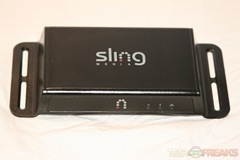
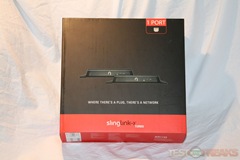
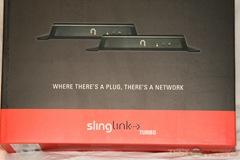
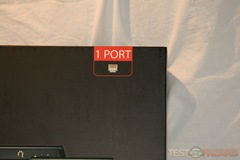
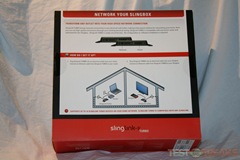
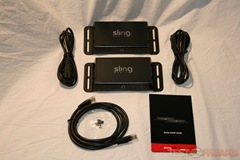
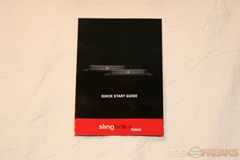
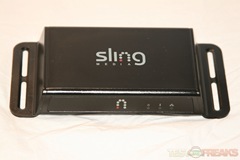
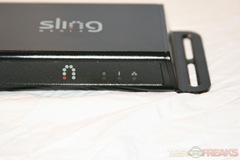
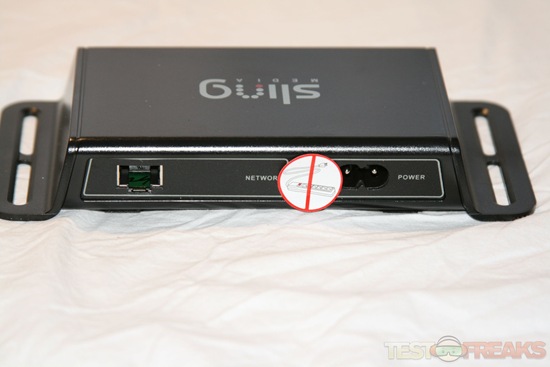
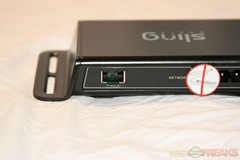
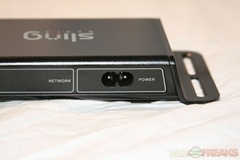
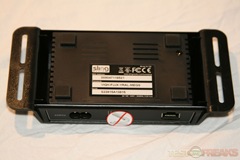
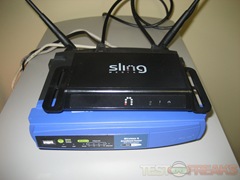
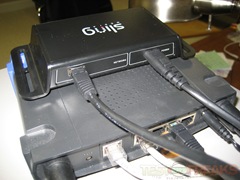
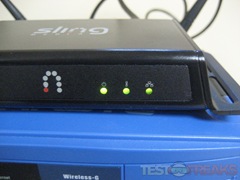
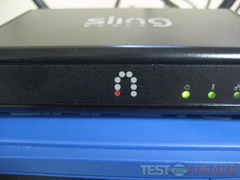
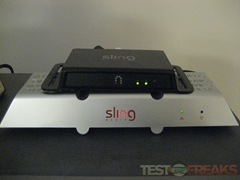
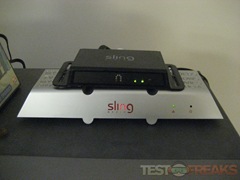
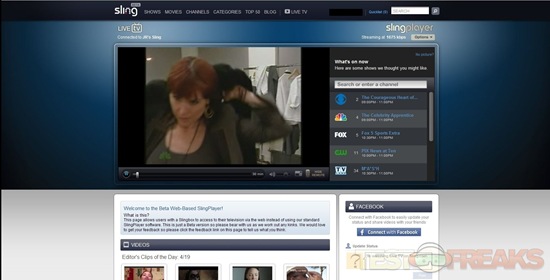
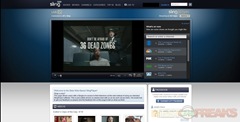
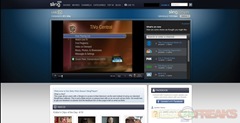





4 comments for “SlingLink Turbo Single Port”